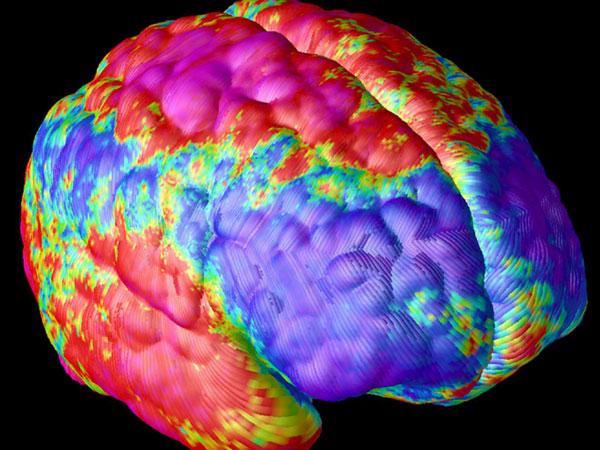Novel stroke therapy reduces brain damage in mice: Study

An experimental treatment for stroke can help restore movement and reduce brain cell damage in mice, a study has found, paving the way for new therapies to help victims of debilitating brain injuries recover. Stroke -- a condition in which poor blood flow to the brain results in cell death -- requires time-sensitive treatment, researchers said.
Clotting factors like thrombin are commonly administered to patients, but there are many other stroke-related signs that can be targeted, such as swelling and ion imbalances in the surrounding fluids. The study, published in the journal Proceedings of the National Academy of Sciences, shows that brain fluids can be normalised with adrenergic receptor antagonists -- a combination of drugs to block the activity of adrenaline in the brain.
The experimental treatment for stroke aided motor recovery and reduced cell death in mice, scientists said. A major consequence of stroke is an immediate imbalance in the ion concentrations of fluids that bathe brain cells. Potassium levels spike and fluid accumulate, which leads to swelling, a major cause of stroke injury.
"We know that the water dynamics in the brain immediately during and after a stroke are critical, so we focused on the pathways that move fluids in and out of cells," said Hiromu Monai of the RIKEN Center for Brain Science and Ochanomizu University in Japan. One way to lower potassium and get neurons active again is by administering the adrenergic receptor (ADR) antagonists, drugs that counteract the electrical and chemical disturbance that accompanies a stroke.
These antagonist drugs have been found to promote fluid exchange in normal brains, according to Maiken Nedergaard of the University of Rochester Medical Center in the US. A cocktail of ADR blockers was successful in reducing both the area of tissue damage and potassium levels in stroked mice.
Moreover, even one or two hours post-stroke, administration of ADR blockers were effective in stopping the infarct from spreading. Mice were also able to recover the use of their forepaw much more quickly when treated with ADR blockers. The researchers found that levels of a water channel called aquaporin 4 were lower following a stroke.
"We think that preserving aquaporin levels is critical to protecting brain tissue during a stroke," said Monai. To test this idea, they used genetically engineered mice that lacked the aquaporin 4 water channel.
These mice did not benefit from ADR blocker treatment and their brain potassium levels remained high after stroke, supporting the idea that the neuroprotective effect occurs through the action of aquaporin 4 water channels. "Keeping potassium levels in balance is an alternative therapeutic strategy for stroke, and we found that adrenergic receptor blockers promote this normalization," said Monai.
"Recovering motor function following a stroke is so important, and we also saw improvements in the mice treated with ADR blockers," he said.
(This story has not been edited by Devdiscourse staff and is auto-generated from a syndicated feed.)
ALSO READ
FACTBOX-US, Japan, Philippines strike deals on defense, investment at leaders' summit
Trilateral cooperation with US and the Philippines is important, says Japan PM
Biden reaffirms 'ironclad' US defence commitments to Japan and Philippines
Japanese interpreter charged with stealing $16 mln from MLB star Shohei Ohtani
Japan's greenhouse gas emissions fall 2.5% in FY22/23 to record low










